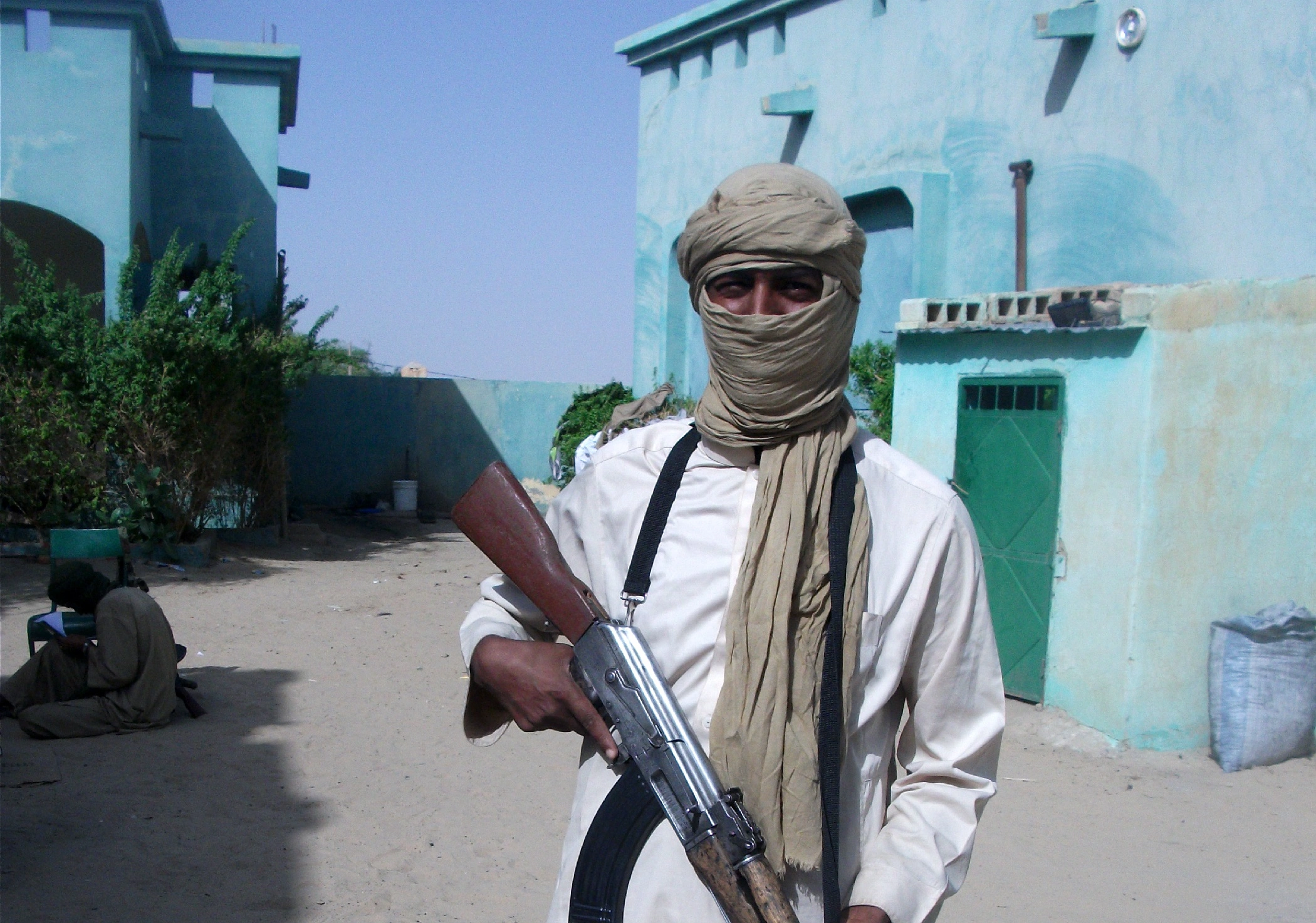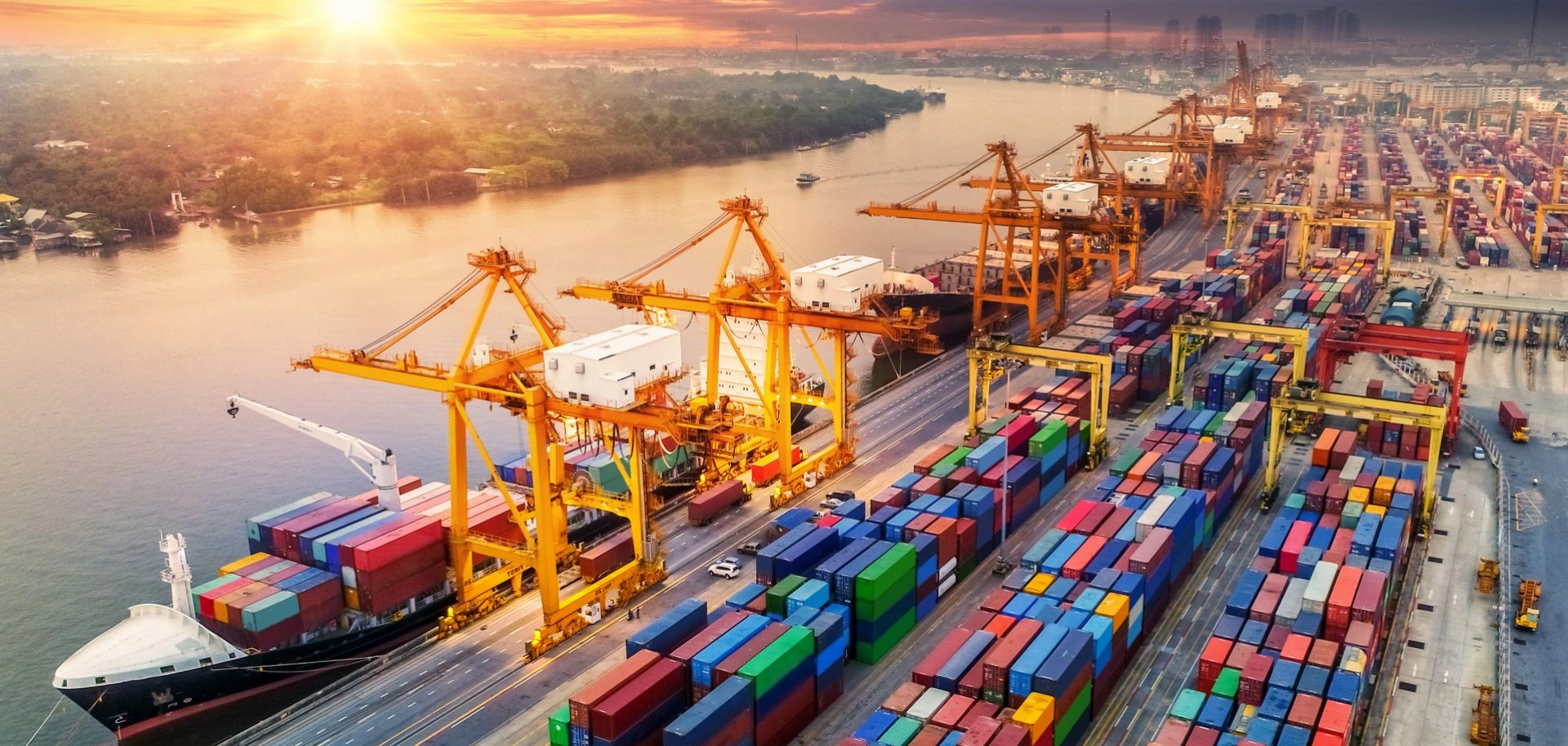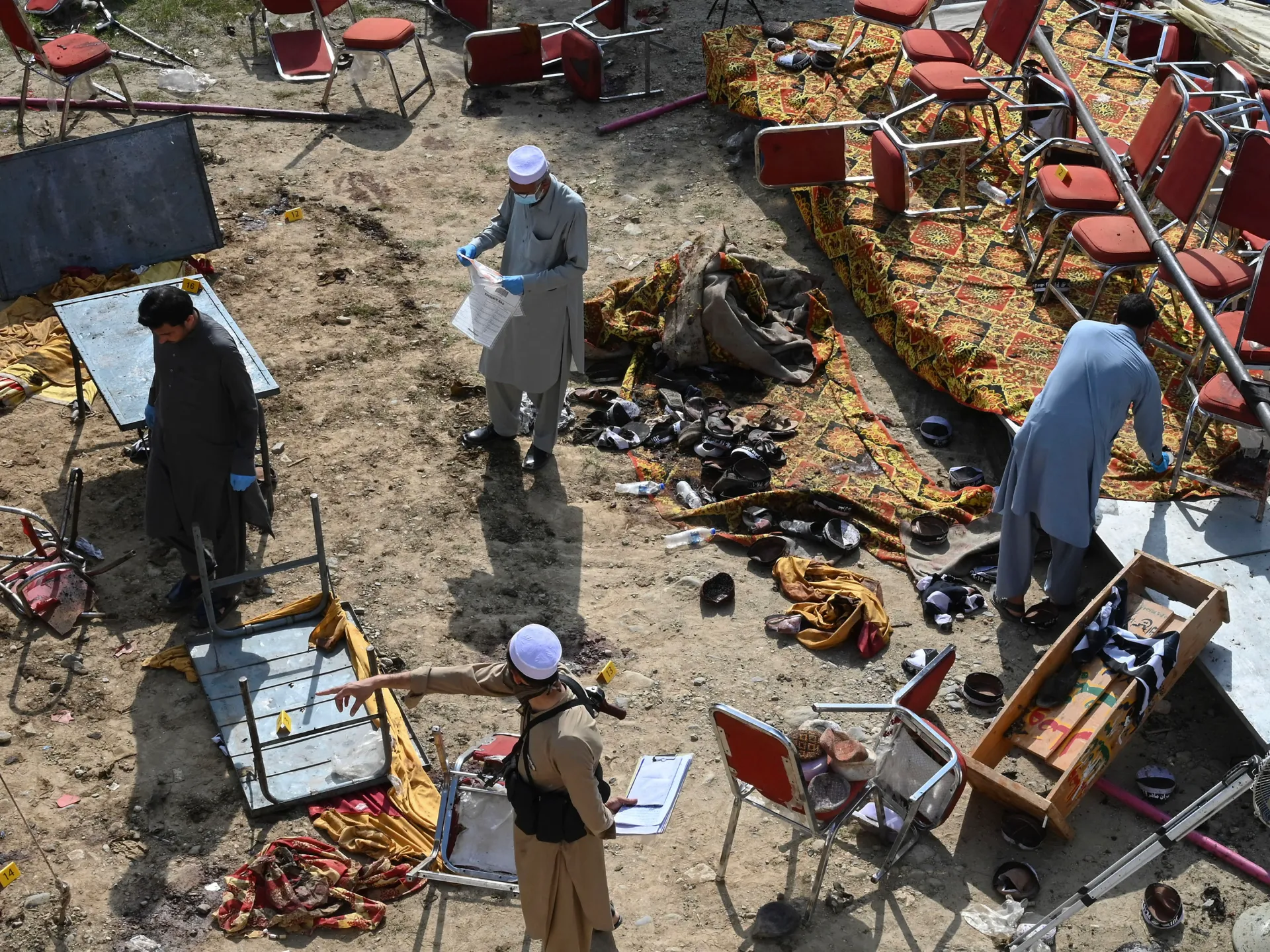New Delhi: Last week China announced that it is building the world’s largest dam in Tibet – even larger than the Three Gorges Dam, which according to NASA, has slowed the Earth’s rotation by 0.06 seconds. But unlike that one, which is built in central China, the new one will be built in an environmentally-sensitive Himalayan zone in Tibet, very close to the border with India.
Besides the impact on the environment, the region is geologically fragile too as it falls in a high seismic zone and hence is prone to earthquakes of a relatively higher magnitude. These are two of several concerns New Delhi has about the gigantic project planned on the Brahmaputra river – which China calls by the name Yarlung Tsangpo in Tibet.
Days after Beijing’s announcement about the mega project, New Delhi responded Friday, saying India will “protect its interests”. It also sent a reminder to Beijing reiterating its rights to the waters of the river while also seeking transparency over Beijing’s plans.
For now, the Ministry of External Affairs said, New Delhi will continue to closely monitor the latest developments, adding that necessary and appropriate action will be taken when required.
“We will continue to monitor and take necessary measures to protect our interests,” the foreign ministry spokesperson Randhir Jaiswal said.
The project will have a massive impact on the flow of the Brahmaputra as well as the river basin. The proposed project will result in periods of severe drought and colossal floods affecting millions, perhaps tens of millions of Indians living downstream.
At a press conference in New Delhi Friday, the spokesperson of the Ministry of External Affairs said that Beijing has been urged “to ensure that the interests of downstream states of the Brahmaputra are not harmed by activities in upstream areas”.
Addressing a question on concerns about the projects adverse impact on Arunachal Pradesh and Assam, Mr Jaiswal said, “As a lower riparian state with established user rights to the waters of the river, we have consistently expressed, through expert-level as well as diplomatic channels, our views and concerns to the Chinese side over mega projects on rivers in their territory.”
“These have been reiterated, along with the need for transparency and consultation with downstream countries, following the latest report,” he added.
The hydroelectric project also has a geopolitical impact. The project has the potential to result in acute geopolitical tensions between India and China, as it sows the seeds of “water wars” between the two nations – something Genevieve Donnellon-May, a geopolitical and global strategy adviser wrote about in 2022.
Also See: India and China Resume Talks to Ease Himalayan Border Dispute
WHAT WE KNOW ABOUT THE PROJECT SO FAR
The dam, once complete, will be the world’s largest hydropower project. It is proposed to be built on the eastern rim of the Tibetan plateau, located in the lower reaches of Yarlung Zangbo (Tsangpo) or Brahmaputra river.
This ambitious project is part of China’s 14th five-year plan and aims to produce 300 billion kWh of electricity annually. The project cost is estimated at USD 137 billion, making it the biggest infrastructure project globally.
At 300 billion kilowatt-hours of electricity annually, this new dam will more than triple the 88.2 billion kWh designed capacity of the Three Gorges Dam, currently the world’s largest, in central China.
During the construction of the Three Gorges Dam, China had to resettle more than 1.4 million people who were displaced because of the project. This new project is three times the size, but Beijing has not given any estimate of how many people will be displaced.
The project will alter the regional ecology impacting both Tibet and India. It will also change the course of the river downstream – having a damaging impact on India and change the agricultural landscape.
This news is sourced from NDTV and is intended for informational purposes only.

![China plans world's largest dam on Brahmaputra, raising environmental, seismic, and geopolitical concerns; India responds. [Image via NDTV]](https://southasiatimes.org/wp-content/uploads/2025/01/tfgg10k_three-gorges-dam-of-china_625x300_27_December_24.webp)




